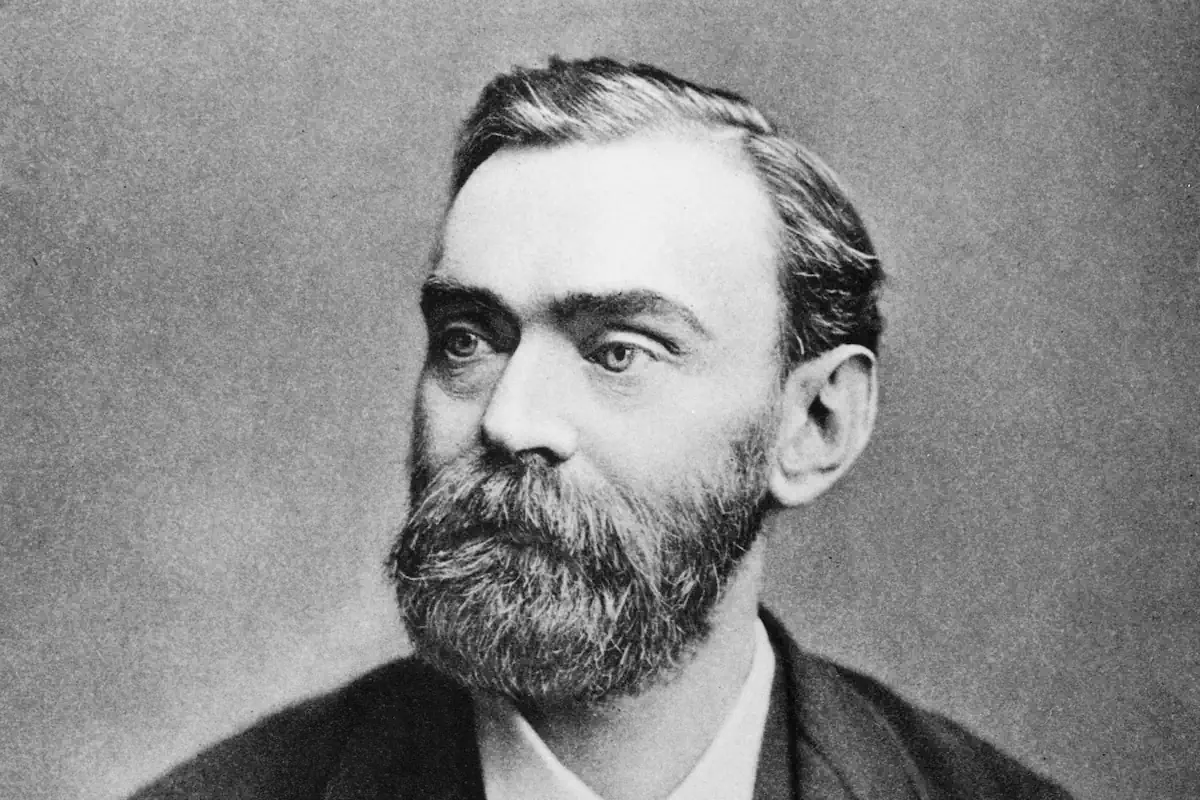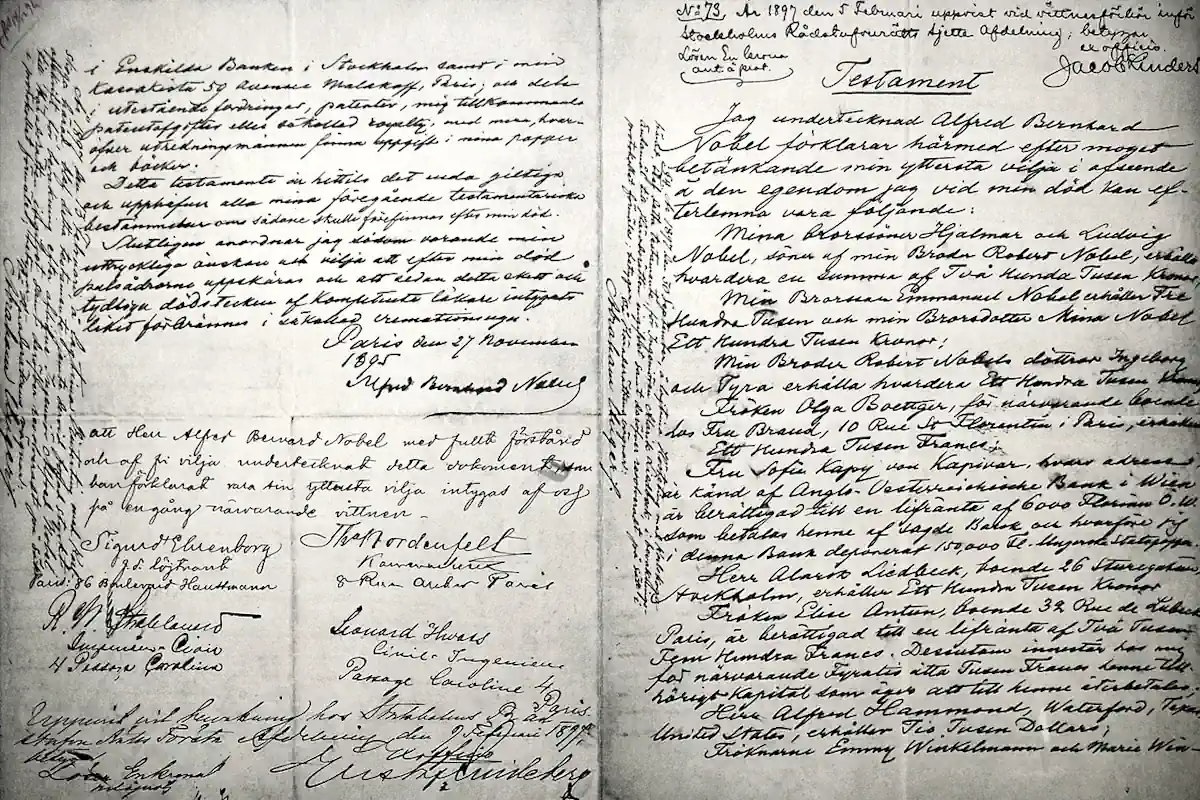 Photo: Holger.Ellgaard (CC BY-SA 3.0)
Photo: Holger.Ellgaard (CC BY-SA 3.0)

Alfred Nobel: The Legacy of a Visionary
Among Stockholm’s many historic voices, few resonate as strongly as Alfred Nobel’s. Renowned worldwide as the inventor of dynamite and the visionary behind the Nobel Prize, Nobel’s influence is etched into the city’s identity—from museum exhibits to ceremonial halls.
This article explores his remarkable life, the innovations that reshaped the modern world, and the enduring impact of the prizes that continue to honor humanity’s greatest achievements.
Alfred Nobel: A life of curiosity and contrasts
Alfred Bernhard Nobel was born on October 21, 1833, in Stockholm, into a family of inventors. His father, Immanuel Nobel, was an engineer whose career brought the family to Russia, where Alfred received much of his early education. Despite financial ups and downs, Nobel became fluent in several languages and developed a keen interest in chemistry and physics.
His restless curiosity led him to study with leading scientists of the time. Fascinated by explosives, he perfected the safe handling of nitroglycerin and in 1867 introduced dynamite, an invention that revolutionized construction, mining, and engineering worldwide.
By the time of his death in 1896 in San Remo, Italy, Nobel held 355 patents and owned 93 factories across 20 countries. He is buried in Stockholm’s Norra Begravningsplatsen (Northern Cemetery), leaving behind not just a fortune, but a vision for peace and progress through science.




Alfred Nobel’s inventions
While dynamite is Nobel’s most famous invention, his creativity extended across industries:
- Dynamite: A safer explosive that changed global infrastructure and resource extraction.
- Gas burner: Designed after a tragic Paris theater accident, it reduced fire risks by preheating combustion air.
- Over 350 patents: Covering armaments, synthetic materials, and medical devices—testament to his wide-ranging ingenuity.
His influence was immortalized again in 1950 when element 102 of the periodic table was named Nobelium.
The Nobel Prize: A legacy of excellence
In 1895, Nobel’s will set aside the bulk of his fortune to establish prizes in physics, chemistry, medicine, literature, and peace. The first Nobel Prizes were awarded in 1901, launching a tradition that has since become one of the world’s most prestigious honors.
Every December, Stockholm hosts the Nobel Prize ceremonies at the Concert Hall, followed by the glittering Nobel Banquet at City Hall. Meanwhile, the Peace Prize is awarded in Oslo, as Nobel specified. Visitors can explore this living history at the Nobel Prize Museum in Gamla Stan.
Tracing the legacy of Alfred Nobel
Stockholm offers several sites where Nobel’s presence is still felt:
- Nobel Prize Museum (Gamla Stan): Interactive exhibits about Nobel’s life and the laureates who followed.
- Stockholm Concert Hall & City Hall: Iconic venues for the annual prize ceremonies and banquet.
- Vinterviken: Once Nobel’s explosives factory site, today a cultural hub with cafés, gardens, and art spaces.
- Norra Begravningsplatsen: Nobel’s final resting place, a site of quiet reflection in the city he helped shape.
Conclusion
Stockholm doesn’t just remember Alfred Nobel—it embodies his vision. From the cobbled streets of Gamla Stan to the golden halls of the Nobel Banquet, the city reflects the life of an inventor who transformed his fortune into a legacy of peace, progress, and profound human achievement.
Visit Info
![]() Alfred Nobel
Alfred Nobel
![]() Alfred Nobel
Alfred Nobel



